Mallet Finger Injury - Baseball Finger
Click the white PLAY button to start video.
A mallet finger injury occurs when the tip of a finger or the thumb is forcefully flexed. The force injures the tendon that straightens the fingertip joint. A mallet finger injury is also referred to as a baseball finger injury because it commonly occurs during the sport of baseball.
A mallet finger injury causes loss of movement, pain, and swelling. The joint at the end of the finger is noted to droop. Most mallet finger injuries are treated with splinting. In cases of fracture or malalignment, surgery may be necessary to treat the condition.
Read more about Mallet Finger Injury - Baseball Finger
Introduction
A mallet finger injury occurs when the tip of a finger or the thumb is forcefully flexed. The force injures the tendon that straightens the fingertip joint. A mallet finger injury is also referred to as a baseball finger injury because it commonly occurs during the sport of baseball.
A mallet finger injury causes loss of movement, pain, and swelling. The joint at the end of the finger is noted to droop. Most mallet finger injuries are treated with splinting. In cases of fracture or malalignment, surgery may be necessary to treat the condition.

Anatomy
Extensor tendons are attached to your phalanges . The extensor mechanism covers the entire finger. The extensor tendons allow your fingers to extend (straighten).

Causes
Symptoms
Diagnosis
Treatment
The splint should be removed, however, in a certain way, to allow observation and care of the skin. The finger must be kept in extension by resting it on a flat surface whenever the splint is removed.
Surgery
Recovery
Prevention

Copyright © - iHealthSpot Interactive - www.iHealthSpot.com
This information is intended for educational and informational purposes only. It should not be used in place of an individual consultation or examination or replace the advice of your health care professional and should not be relied upon to determine diagnosis or course of treatment.
The iHealthSpot patient education library was written collaboratively by the iHealthSpot editorial team which includes Senior Medical Authors Dr. Mary Car-Blanchard, OTD/OTR/L and Valerie K. Clark, and the following editorial advisors: Steve Meadows, MD, Ernie F. Soto, DDS, Ronald J. Glatzer, MD, Jonathan Rosenberg, MD, Christopher M. Nolte, MD, David Applebaum, MD, Jonathan M. Tarrash, MD, and Paula Soto, RN/BSN. This content complies with the HONcode standard for trustworthy health information. The library commenced development on September 1, 2005 with the latest update/addition on February 16, 2022. For information on iHealthSpot’s other services including medical website design, visit www.iHealthSpot.com.




